José Antonio Barraquer Roviralta
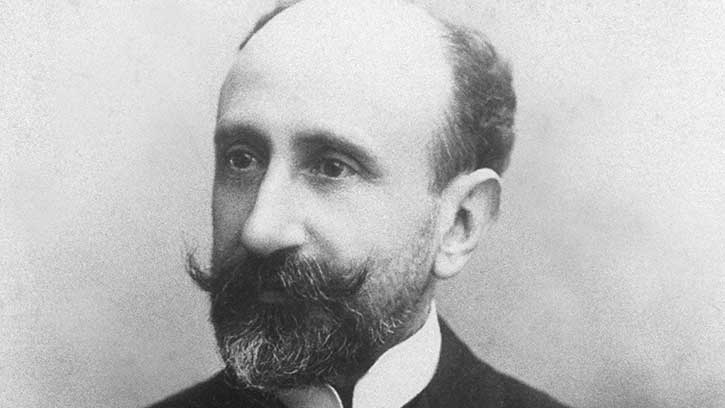
The Barraquer Family has been devoted to eyecare for 140 years. Prof. Ignacio Barraquer, a member of the second generation of ophthalmologists, went down in history for being a visionary and for building the first hospital in Spain exclusively for the treatment of visual impairments in the middle of the Spanish post-war era.
The inauguration of the Centre in 1941 generated magnetic international appeal due to its success and impact on medical work. In addition, given its style combining Art Deco and Bauhaus, it also became a source of pride for Barcelona’s residents and an architectural emblem of the city.
After almost 80 years of success and attracting patients from all over the world, the Centre continues undertaking its original mission and has strengthened its trajectory, distinguished by its revolutionary techniques and treatments which have led it become recognised as a pioneering body in its area of specialisation. See below to find out about the four generations of ophthalmologists who made it possible.

The ophthalmology service at the old Hospital de la Santa Creu is inaugurated.
He is appointed the first Professor of Ophthalmology in Spain.
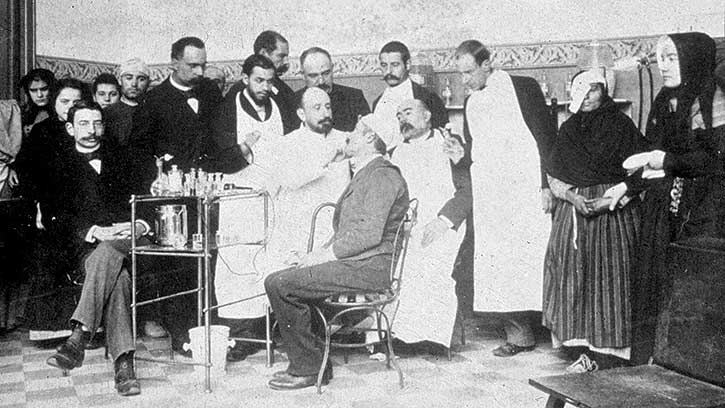
He founds the Barcelona Ophthalmology Society.
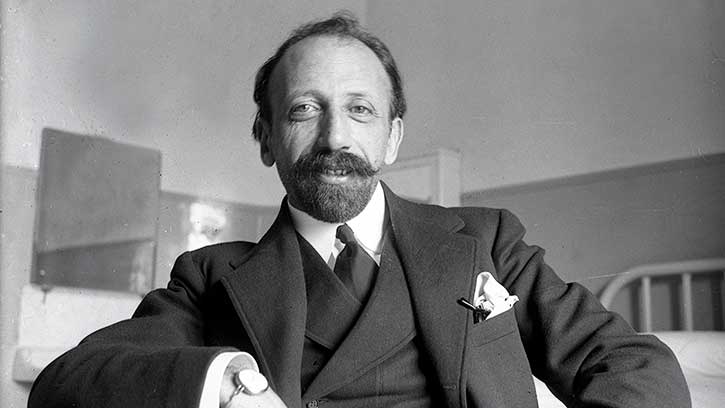
He receives his PhD in Medicine, gaining the highest marks.
He revolutionises the world of ophthalmology with the invention of the erysiphake, an adjustable vacuum-producing device to facilitate the extraction of the crystalline lens. He introduces the procedure known as phacoerisis (from the Greek, phakós = lens, and erysis = to remove).
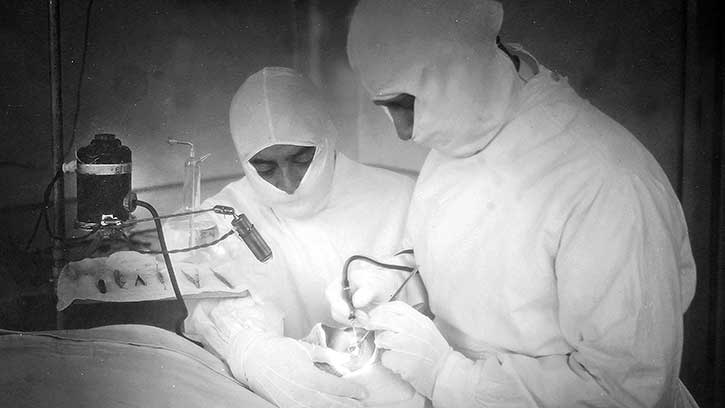
He is appointed Professor of Ophthalmology.
He sets up an ophthalmology service at the Hospital de la Santa Creu i Sant Pau.
He inaugurates the Barraquer Ophthalmology Centre, the first single-specialisation centre for this specialist area in Spain. He designs the building alongside architect and designer Joaquín Lloret Homs and it becomes an emblem of Barcelona for its style combining Art Deco and Bauhaus.

Along with his wife, he founds the Barraquer Institute, an independent self-financed scientific association dedicated to ophthalmic research and teaching, the exchange of ideas and scientific discoveries, the dissemination of medical and surgical therapies and general promotion of ophthalmology. The Institute is currently affiliated with the Autonomous University of Barcelona (UAB).

He devises the refractive keratoplasty, an innovative technique adopted by all ophthalmologists throughout the world.
It becomes the precursor to refractive surgery thanks to the development of a technique that can be used to surgically correct myopia, hypermetropia and astigmatism The procedure, also known as keratomileusis, involves removing a malfunctioning cornea, freezing it, reshaping it with the right curvature, defrosting it and transplanting it into the eye once again.
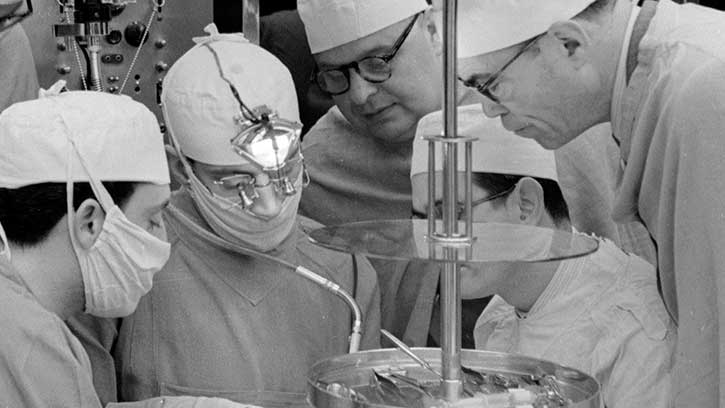

He discovers the effect of alpha chymotrypsin on the zonular fibres and develops the technique of enzymatic zonulysis, a surgical procedure that makes the extraction of a cataract considerably easier.
Along with his father, Ignacio Barraquer Barraquer, he presents new operating theatre models designed specifically for teaching. A differentiating feature is the transparent dome, which allows observing medics to witness the procedures at a minimum distance from the operating field.
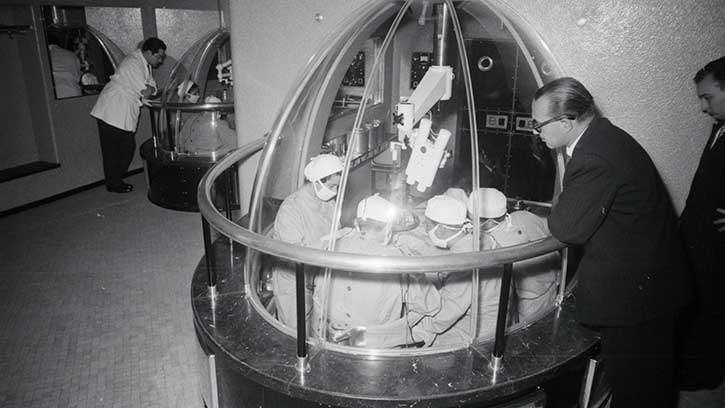
Alongside his father, he founds the Eye Bank for the Treatment of Blindness, the first in continental Europe.
Alongside his brother José Ignacio Barraquer Moner, he devises a special microscope for microsurgery with a slit-lamp.
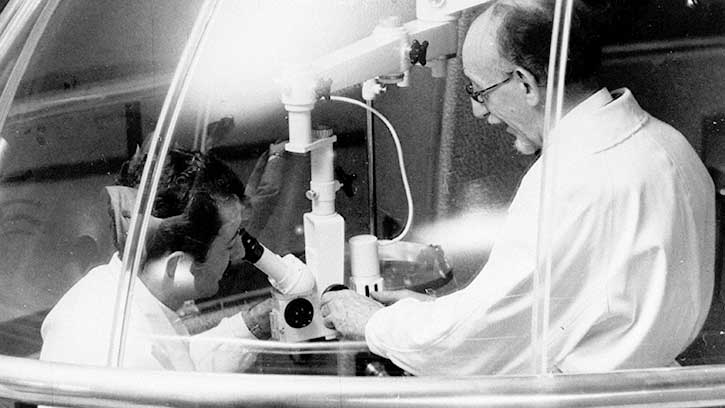
In partnership with Hans Litman, an optical engineer at the tech company Zeiss, he invents another special microscope to videotape eye microsurgery. The images are broadcast live on an internal circuit and allow operations to be viewed from the same perspective as the surgeon while he operates, which is a huge innovation in medical education.
He is appointed Professor of Eye Surgery at the UAB.
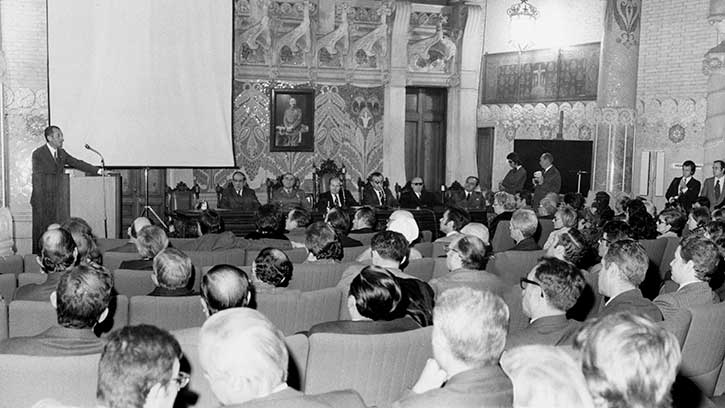
He upgrades the Barraquer Ophthalmology Centre and adds two floors to it.
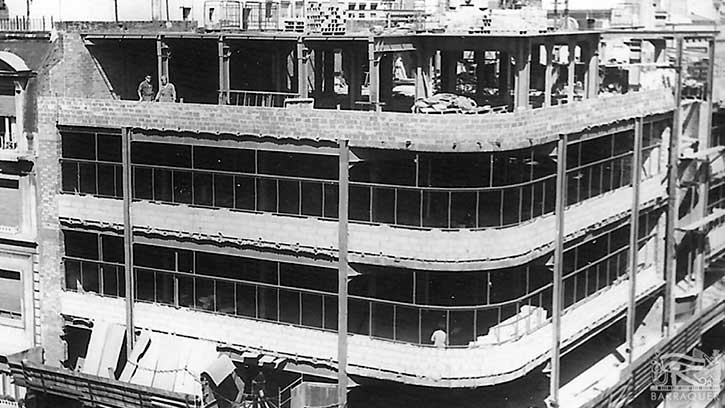
He inaugurates the Professional School for Specialisation in Ophthalmology, affiliated with the UAB's Faculty of Medicine.
Along with his children, Dr. Elena Barraquer and Prof. Rafael I. Barraquer, he sets up the Barraquer Foundation, a non-profit organisation that contributes to the development of ophthalmology and facilitates access to eyecare to people from all round the world.
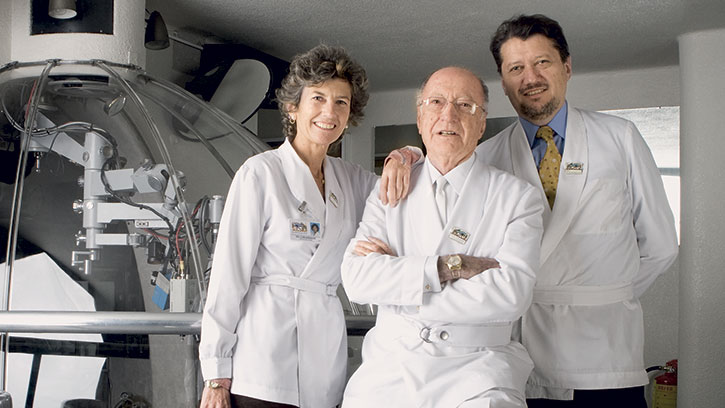
The implantation of the first bionic eye with artificial sight in Spain is undertaken at the Centre. This system, the Argus II, restores part of the vision of patients who are completely blind due to retinitis pigmentosa.
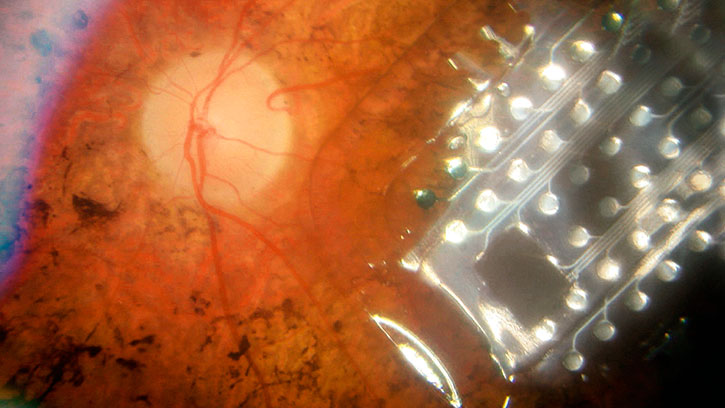

Se especializa en Oftalmología en la Universidad Harvard Medical School.
Durante 13 años ejerce de presidenta y directora ejecutiva de la Fundación Barraquer, organizando más de 100 expediciones alrededor de todo el mundo.
Constituye la Fundación Elena Barraquer, organización sin ánimo de lucro que lucha contra la ceguera evitable por cataratas en países en vías de desarrollo.
Desde este año está incluida anualmente en la lista Forbes de los mejores especialistas de España.
Recibe el premio Queen Sofia Spanish Institute de Nueva York en la categoría Premios a la Excelencia por su labor al frente de la fundación que lleva su nombre.
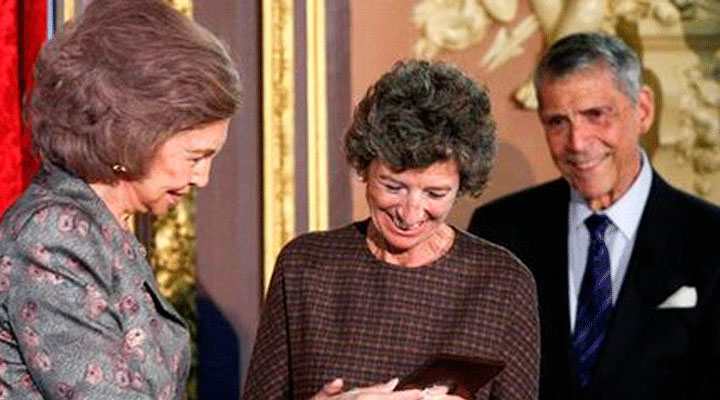
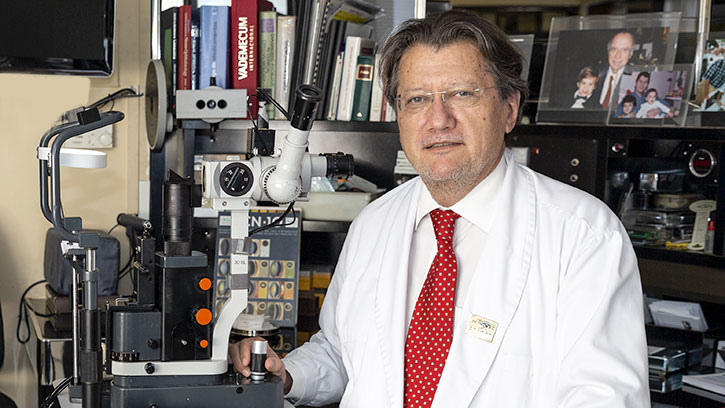
Se doctora en Medicina y Cirugía por la Universitat Autònoma de Barcelona.
Es nombrado Titular de la Cátedra de Investigación en Oftalmología “Joaquín Barraquer” por la Universidad Autónoma de Barcelona.
He takes over medical management of the Centre, after the passing of Joaquín Barraquer Moner.
He is elected as President of the European Association for Vision and Eye Research (EVER), a prestigious scientific association that brings together around a thousand researchers in the fields of ophthalmology and visual science.
He is appointed Professor of Ophthalmology by the International University of Catalonia (UIC) and chairs the 36th meeting of the World Ophthalmology Congress.
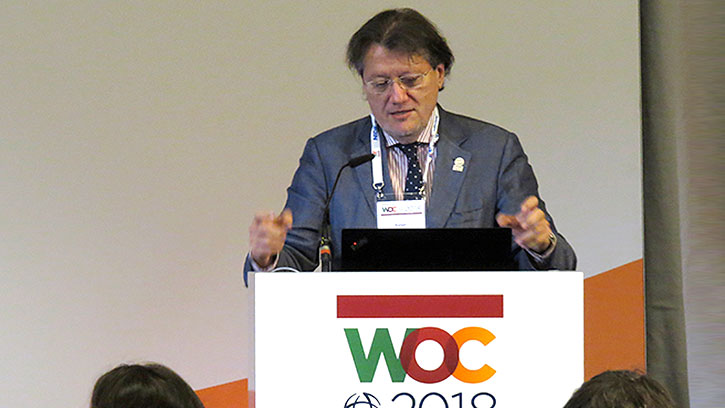
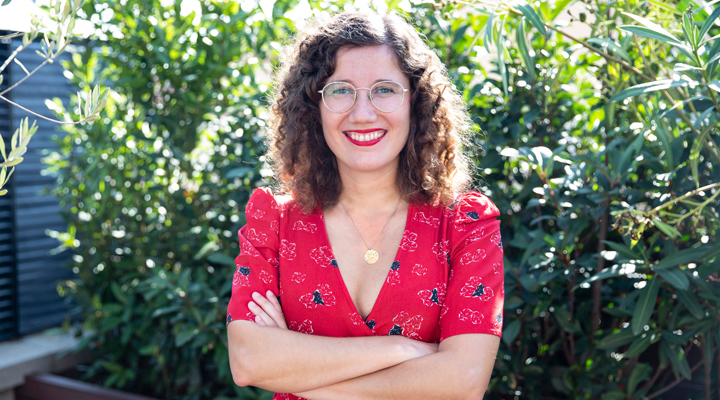
Licenciada en Administración y Dirección de Empresas por ESADE, con una predilección por las industrias culturales desde que inició su carrera profesional, se incorporó a la gerencia del Centro de Oftalmología Barraquer en 2019.
Barraquer is starting its international expansion process with the opening of the Barraquer Eye Hospital in Dubai (United Arab Emirates), a 13,000 m2 ophthalmology centre equipped with the latest technology in eye health.
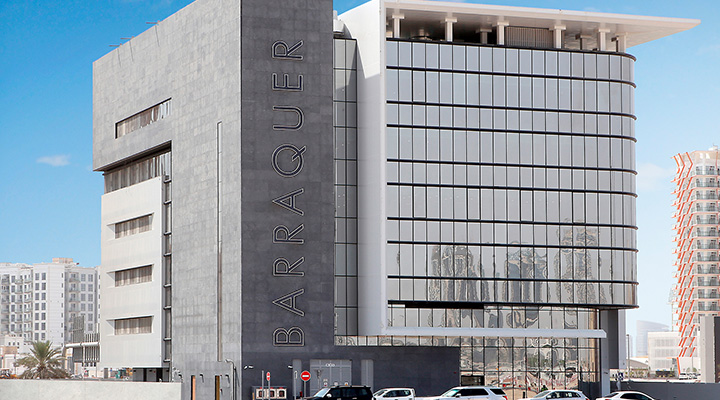
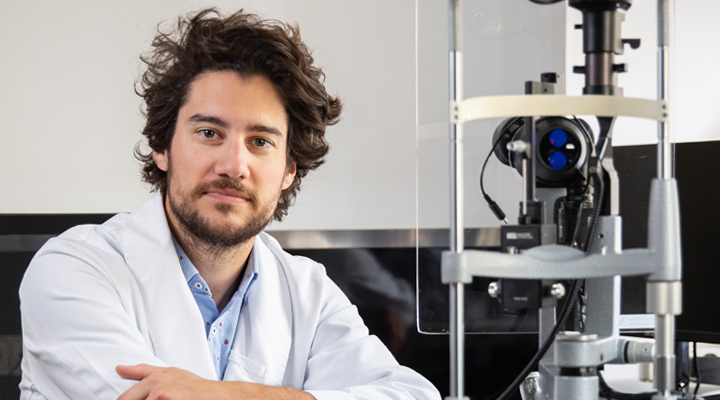
Licenciado en Medicina por la Universitat Internacional de Catalunya (2016). Posteriormente realizó la especialización en Oftalmología en el Hospital universitario KBC de Zagreb (2023) y se incorporó ese mismo año al equipo del Centro de Oftalmología Barraquer.